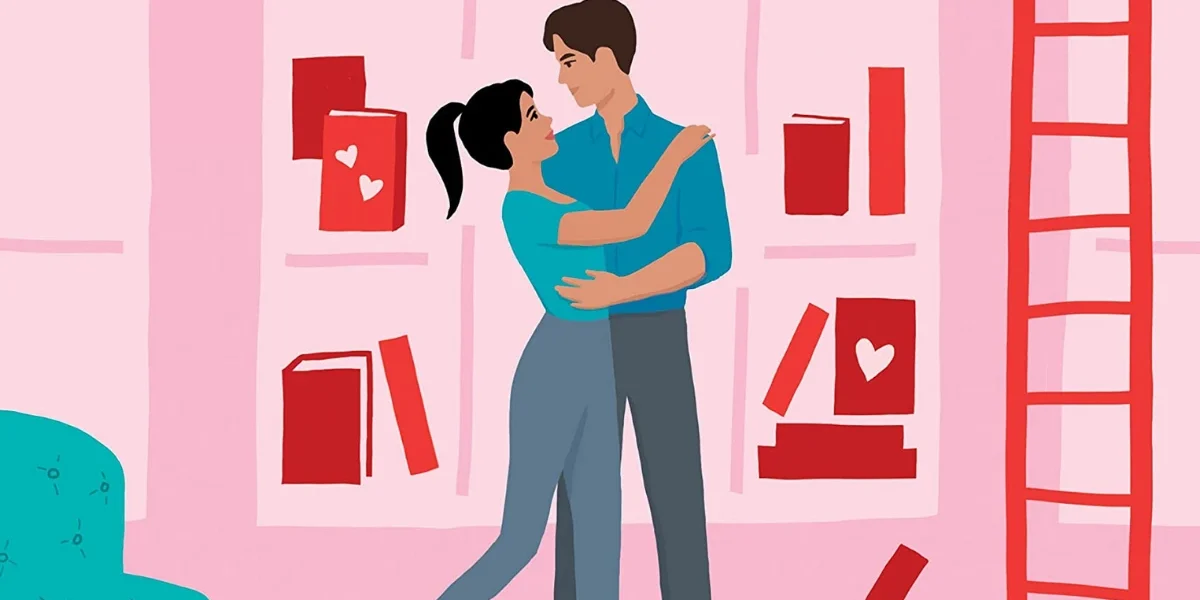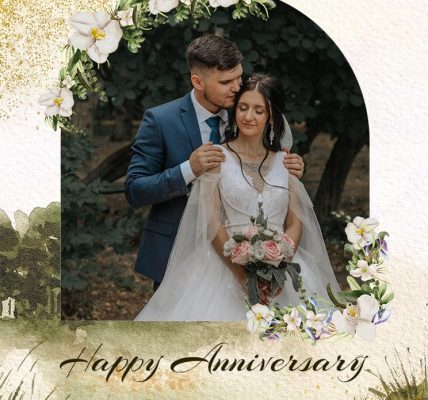Writing a romantic fiction book involves more than simply seeing the passionate and empathetic relationship between two characters; it involves creating a story that arouses passion, emotion, and most importantly, a lasting bond.
Therefore, if you’re considering switching your focus to writing a romantic fiction book, get ready to experience the emotional rollercoaster that is a thriller. To create a really fascinating romantic story in the style of the best romance novel writers, you must master the art of weaving sophisticated plots, well-developed characters, and evocative settings.
Unlocking the Secrets of Romantic Storytelling
-
Delving into the Heart of Romantic Fiction
Who doesn’t enjoy a heartwarming tale? They provide comfort, warmth, and maybe a hint of corniness, much like a cozy embrace on a wet day. These stories explore the nuances of relationships between people, astound readers, and occasionally even get them to cry. Take a seat with a blanket and a cup of tea, and prepare to be enchanted by some of the cutest love stories ever captured on paper!
-
Spotting the Red Roses Among the Thorns: Navigating Romantic Tropes
While every love story is unique, certain familiar tropes and clichés often pop up in romantic writing. From love triangles to the classic “opposites attract” scenario, these storytelling devices can add depth and familiarity to a narrative or make readers roll their eyes faster than you can say “cheesy pickup line.”
Weaving Love’s Tapestry: Crafting Characters and Relationships
-
Breathing Life into Love: Creating Characters to Root For
When it comes to reading romantic novels, developing characters who go beyond the surface is essential if you want to keep your audience interested. Readers should find your love interests and protagonists to be real people with distinct personalities, sympathetic weaknesses, and aspirations. Who doesn’t love to support a character they can actually picture themselves falling in love with, after all?
-
Spark in the Air: Nurturing Chemistry Between Characters
The magic of a great love story often lies in the chemistry between its characters. Whether it’s a slow-burning romance or an instant connection, establishing that spark of chemistry and connection can make readers feel the butterflies in their stomachs and root for the couple to ride off into the sunset together.
Painting a Picture: Setting the Stage for Romance
-
Setting the Mood: Using Settings to Stir Emotions
The backdrop of a romantic story is like a supporting character, setting the tone and atmosphere for the unfolding love story. Whether it’s a cozy coffee shop, a bustling city street, or a serene beach at sunset, the setting can enhance the emotions and dynamics between characters, making the romance feel vivid and immersive.
-
From Paris with Love: Crafting Descriptions that Transport Readers
It takes more than just words on a page to engage readers in a world of romance and enchantment; it takes vivid descriptions that create an image in their heads. Whether the scenario is a candlelit meal under the stars or a rich garden in blossom, a brilliant paint job may transport readers to that moment and make them fall in love again.
Sparks Fly: Mastering Dialogue and Emotion in Romantic Fiction
-
Heart-to-Heart: Penning Authentic Conversations Between Lovers
Dialogue in romantic fiction is like a dance between characters, revealing their deepest desires, fears, and vulnerabilities. Crafting authentic conversations that crackle with emotion and wit can bring characters to life and make readers root for their love story to unfold in all its messy, heartfelt glory.
-
Love in the Time of Emotional Depth: Infusing Feelings into Interactions
Emotion is the heartbeat of a romantic story, driving characters to make choices, take risks, and bare their souls to each other. Infusing moments of vulnerability, passion, and tenderness into dialogue and interactions can tug at readers’ heartstrings, making them laugh, cry, and believe in the power of love all over again.
Building Conflict and Tension in Romantic Plots
-
Creating Internal and External Conflict to Drive the Story Forward
Conflict is the key to writing a love story that will keep readers interested from beginning to end. You may write a story that keeps readers on the edge of their seats by including both internal and external challenges.
-
To give your characters more depth and relatability, go into their most profound uncertainties, anxieties, and traumatic experiences.
-
Then, to keep the suspense high and the plot moving forward, include meddling ex-partners, societal expectations, or other external barriers.
You will have all the materials necessary to create a genuinely captivating romantic story with these ingredients.
-
Raising the Stakes and Resolving Conflict in a Satisfying Way
As your story develops, you must step it up to the point where your readers are captivated. That’s what makes a romance so enticing: a little miscommunication that puts the future of the pair in danger, or a well-kept secret that might change everything. A satisfying conclusion that feels well-earned and captures the characters’ emotional journey is what you should strive for when resolving the issues.
Conclusion
Let your love of telling stories come through in every word you write, and embrace the beauty and complexity of love as you keep improving your art if you want to write a romantic novel.





